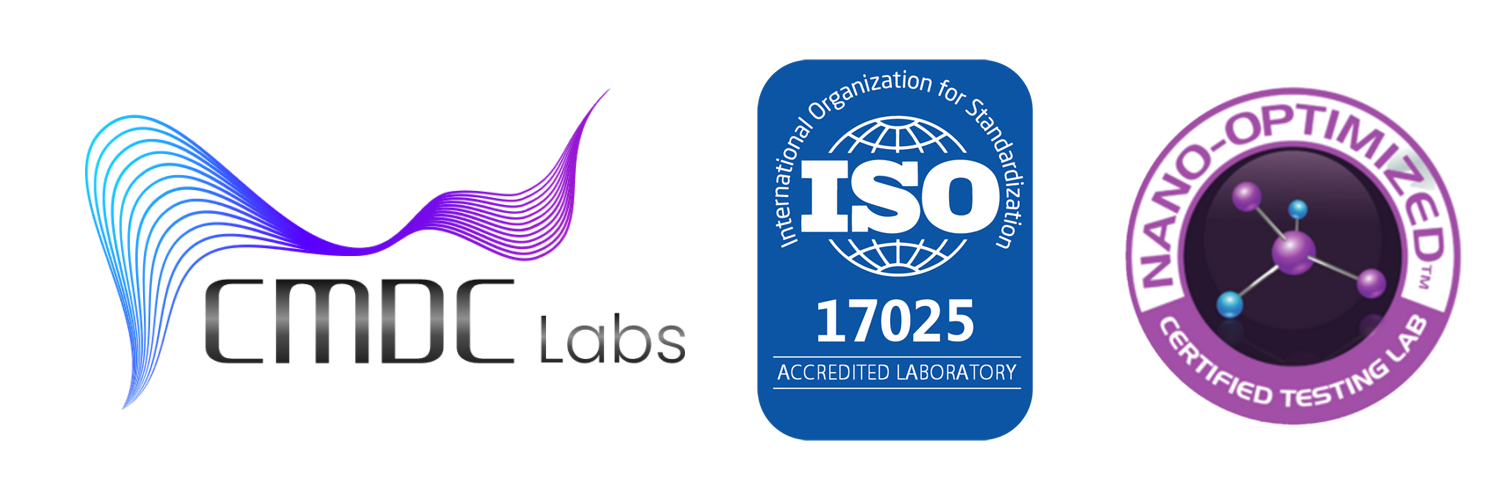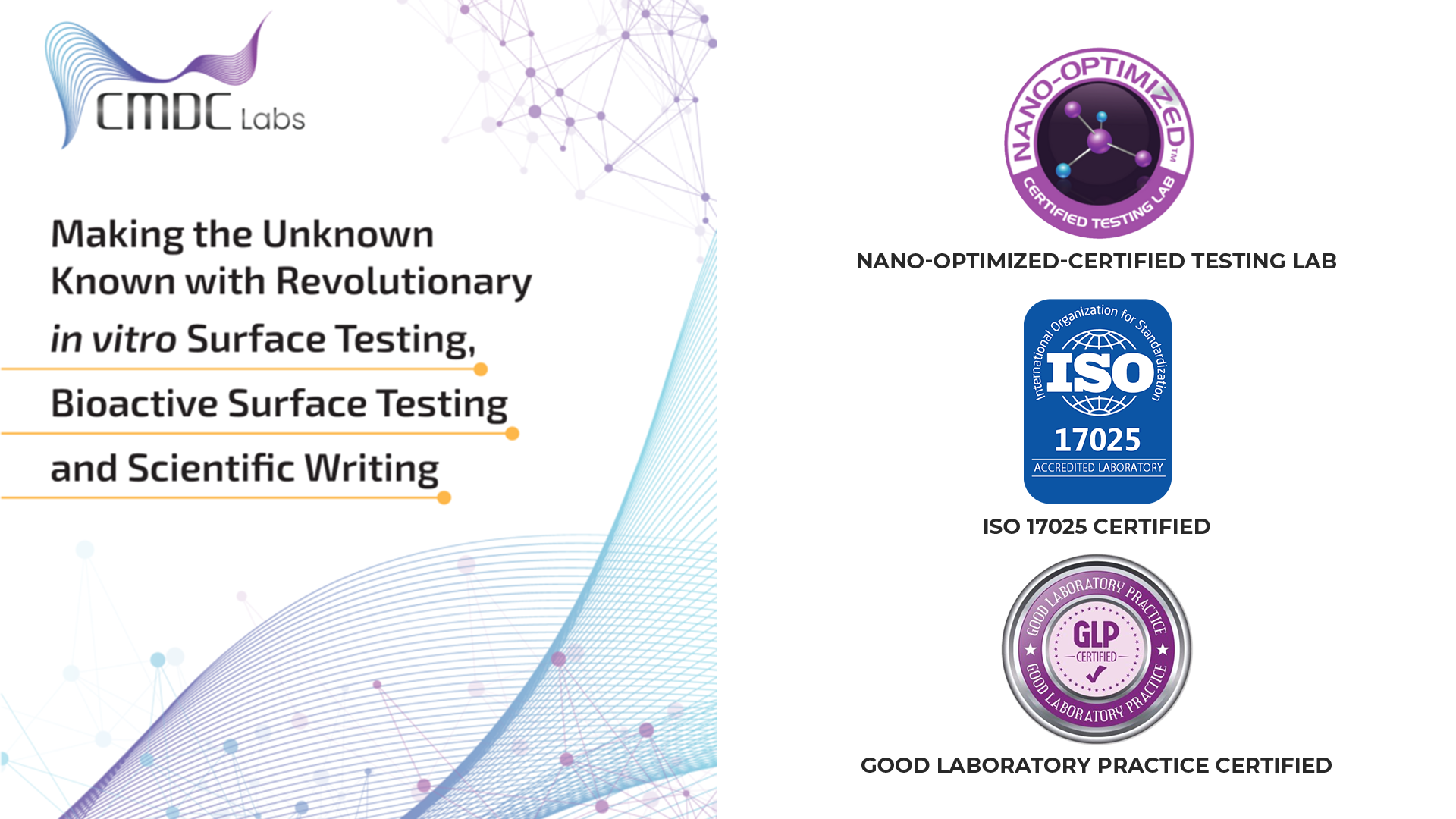In the realm of food safety, ensuring that products meet stringent quality standards is paramount. The AOAC International, with its robust framework of Official Methods, stands as a cornerstone in this endeavor. These methods serve as comprehensive guidelines for food testing laboratories worldwide, offering standardized protocols to assess the safety and authenticity of food products. In this article, we delve into the significance of AOAC Official Methods and their pivotal role in upholding food safety standards.
The Importance of AOAC Official Methods:
AOAC International, established over a century ago, is a globally recognized authority in analytical chemistry. Its Official Methods are meticulously developed and validated through a rigorous process involving scientific experts and stakeholders from the food industry. These methods cover a diverse range of analyses, including microbiological, chemical, and instrumental techniques, tailored to address various food safety concerns.
Ensuring Accuracy and Reliability:
One of the fundamental principles underlying AOAC Official Methods is their focus on accuracy and reliability. By adhering to standardized procedures and validated techniques, laboratories can generate consistent and reproducible results. This consistency is essential for regulatory compliance, as well as for building consumer trust in the safety and quality of food products.
Supporting Regulatory Compliance:
In an increasingly complex regulatory landscape, compliance with food safety standards is non-negotiable. AOAC Official Methods provide a solid foundation for meeting these regulatory requirements, whether mandated by government agencies or industry bodies. By following established protocols, food manufacturers can demonstrate due diligence in ensuring the safety of their products, thereby mitigating risks associated with contamination or adulteration.
Addressing Emerging Challenges:
As the food industry evolves, so do the challenges associated with food safety. AOAC International remains at the forefront of innovation, continually updating and expanding its repertoire of Official Methods to address emerging threats. Whether it’s the detection of foodborne pathogens, the quantification of allergens, or the analysis of pesticide residues, AOAC methods evolve in tandem with advancements in analytical technology and scientific knowledge.
Facilitating Global Trade:
In an interconnected global market, harmonization of testing protocols is essential for facilitating trade and ensuring the safety of imported and exported food products. AOAC Official Methods, recognized and adopted internationally, serve as a common language for food testing laboratories worldwide. This harmonization streamlines the exchange of goods across borders, while maintaining consistency in safety standards.
Empowering Food Safety Professionals:
Food safety professionals, including laboratory technicians, quality assurance managers, and regulatory affairs specialists, rely on AOAC Official Methods as indispensable tools in their daily operations. These methods provide comprehensive guidance, from sample preparation to data analysis, empowering professionals to perform accurate and reliable testing in accordance with industry best practices.
Conclusion:
In the realm of food safety, AOAC Official Methods play a pivotal role in safeguarding public health and ensuring the integrity of the global food supply chain. By upholding standards of accuracy, reliability, and regulatory compliance, these methods serve as indispensable resources for food testing laboratories worldwide. As the food industry continues to evolve, AOAC International remains committed to advancing analytical science and maintaining its position as a trusted authority in food safety.

